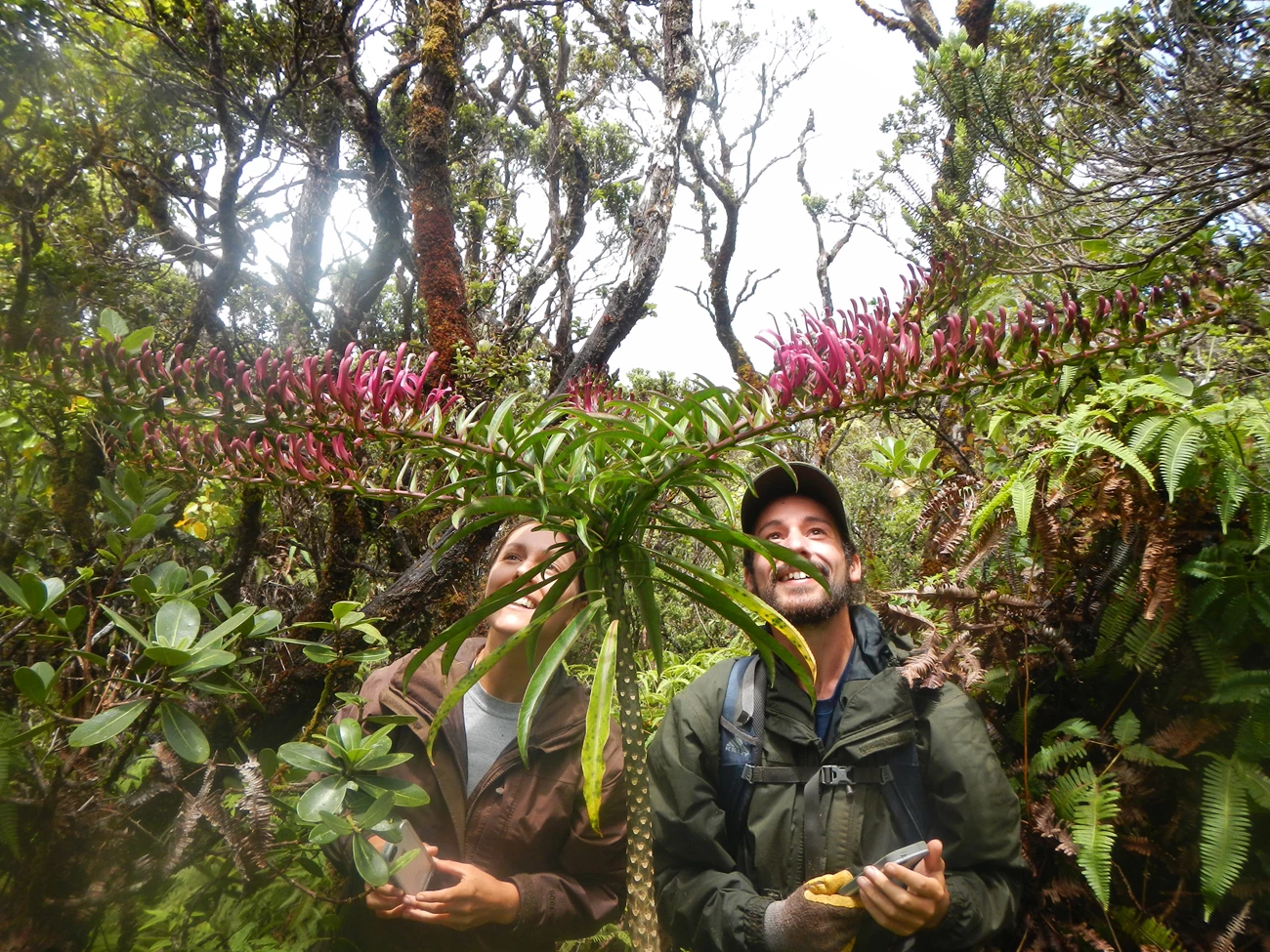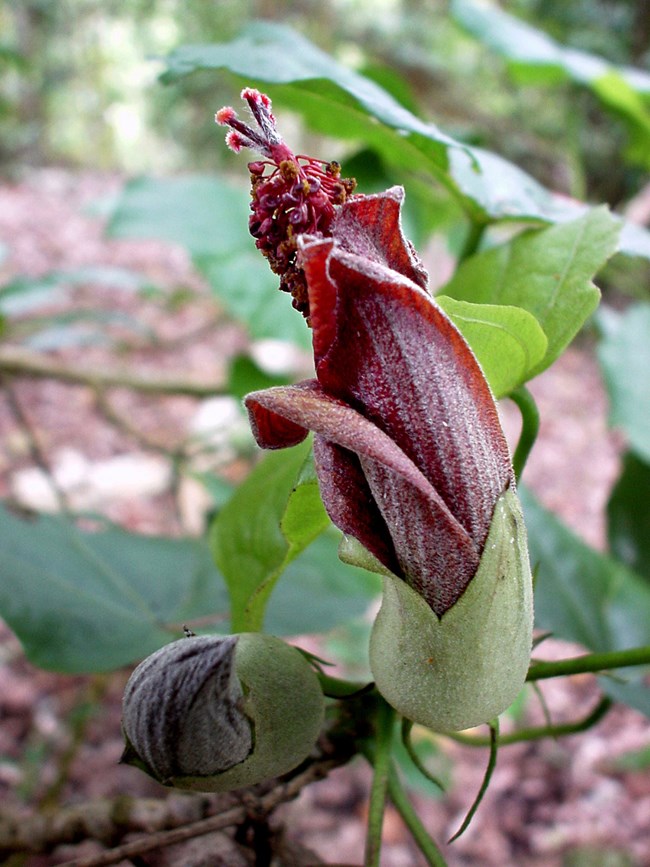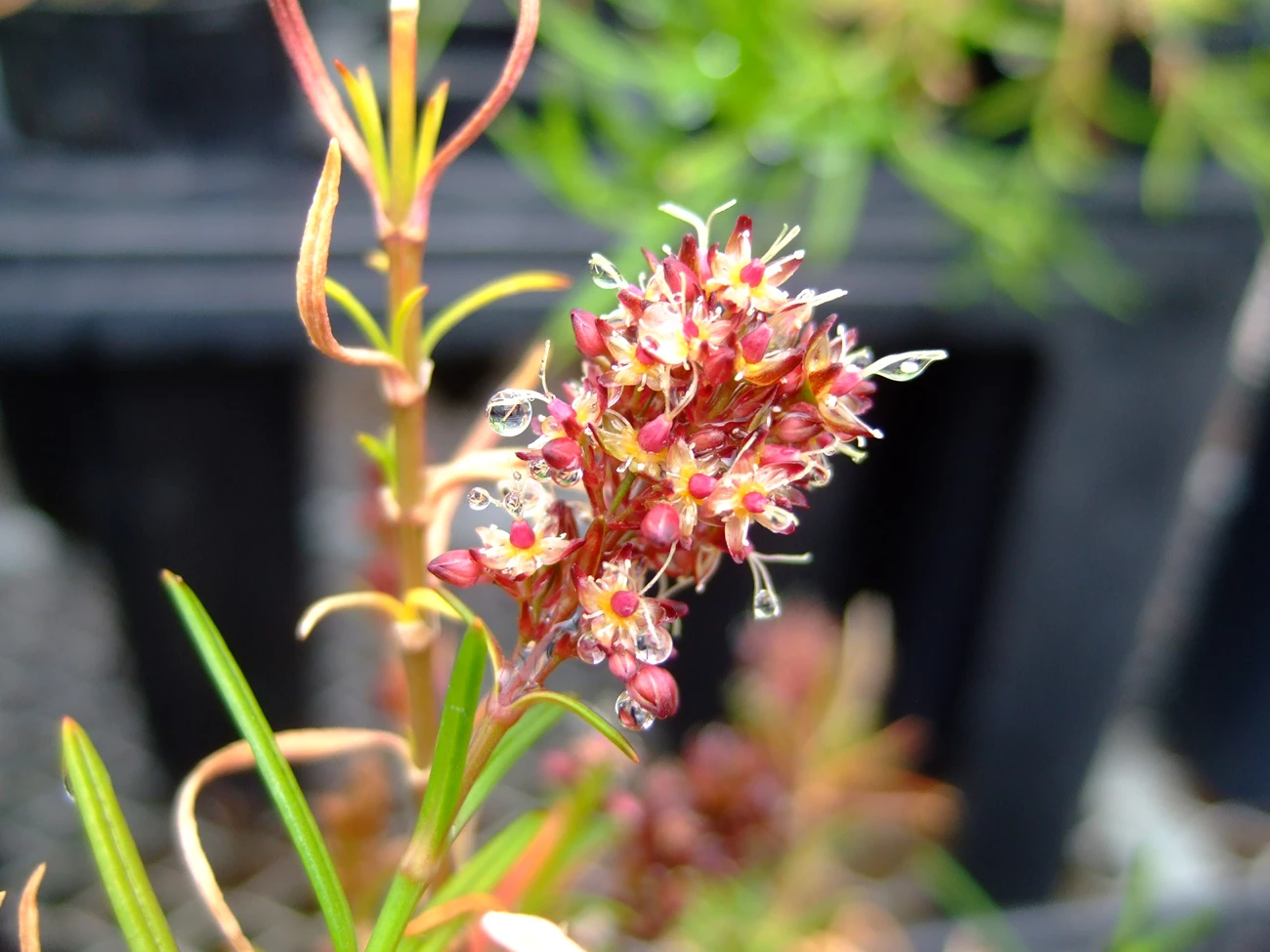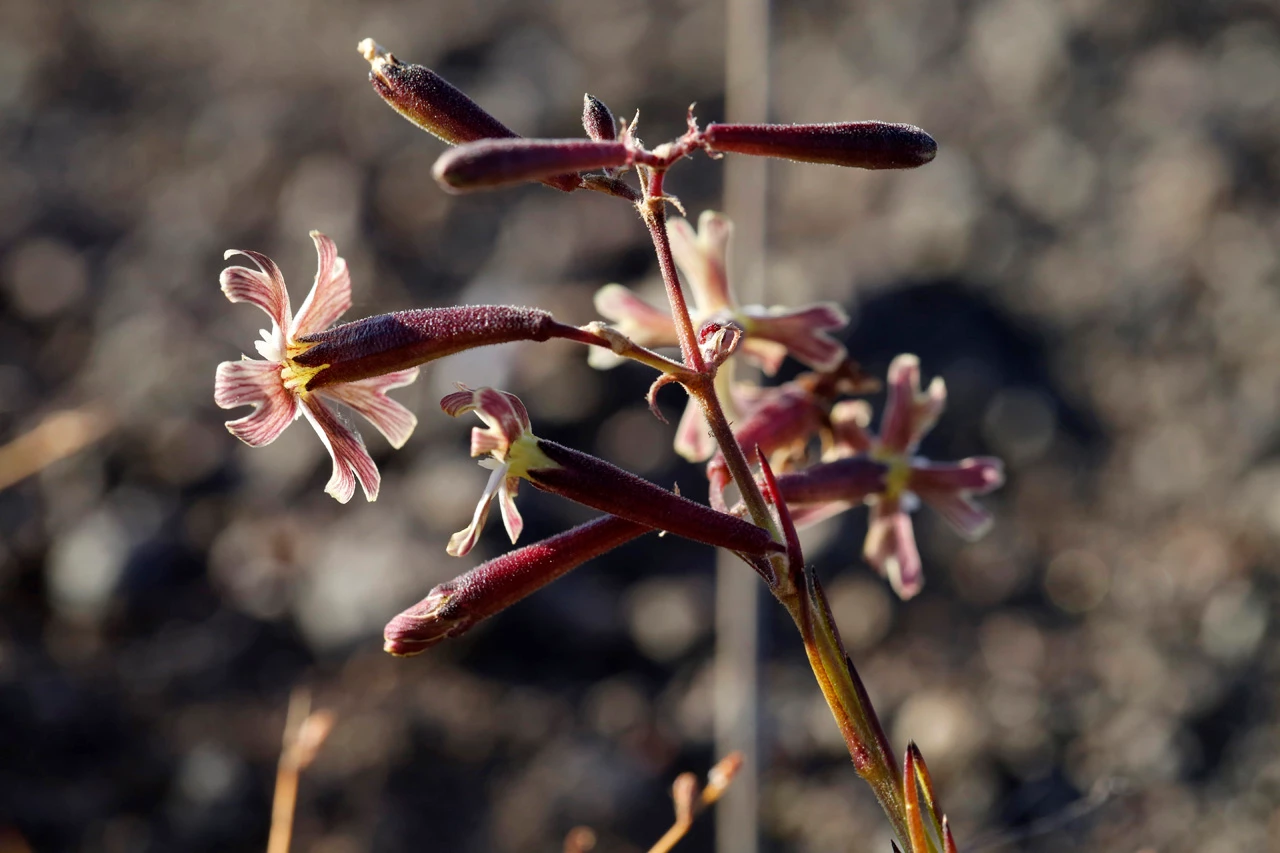Last updated: March 17, 2020
Article
Building Capacity for Rare Plants in Hawai‘i

Changing Habitats
Climate change projections in coming years indicate a 10-20% reduction in winter rains and a 5% increase in summer rainfall in Hawai‘i due to changes in the tradewind patterns. These changes are predicted to cause dramatic shifts in some habitats, making many currently suitable areas no longer hospitable for rare species. In response, rare plant populations need to be increased and expanded across their ecological ranges to increase their capacity to respond to habitat shifts/reductions and more frequent stochastic events (fire, hurricane, etc.) predicted by current climate change scenarios.
"These rare plants are no longer safe in just one or a handful of places. But there is hope. We can increase their chances of survival by spreading their populations to new places where we believe they can survive despite a changing climate. It's a classic, don't put all your eggs in one basket approach." –Sierra McDaniel, NPS Botanist
The National Park Service at Haleakalā and Hawai‘i Volcanoes have combined resources and know-how to give three dozen species a fighting chance to remain viable in the midst of climate change. Current models based on predicted changes in temperature and moisture regimes over the next decades forecast dramatic range shift and/or reduction for many native plant species. This creates a perilous situation for species with small population sizes within a limited geographic range. The purpose of this project is to establish satellite populations of 36 rare and endangered species within their modeled ecological ranges.

Previous Projects
Previously established propagation and planting projects were centered on stabilizing existing rare plant populations in localized areas. Still, many of the selected species number less than 50 individuals and remain geographically isolated. Park resource managers conducted planting efforts with 135 species to boost their numbers and restore biodiversity in both parks. Much of the effort has centered on locating individuals or populations, collecting planting material, and developing effective propagation techniques. Plant establishment focused primarily on fenced, ungulate-free areas nearby remnant populations or in adjacent areas containing similar habitats. Locations of past plantings are limited to sites near documented occurrence (current and historical) and do not necessarily reflect the actual ecological range that these plants could occupy now or in the future.

The Building Capacity Project
This project builds upon earlier work by expanding rare plant populations across a wider ecological range thereby "building capacity" for these species to survive. Recent habitat modeling combines information on historical plant occurrences with habitat type (soil/substrate type, elevation/temperature and moisture conditions) to identify the most suitable ecological ranges for rare species. Establishing rare plant populations in favor able micro-site conditions across this broader ecological range will build greater capacity for these species to persist in the wake of climate change. This is a proactive effort to keep these species alive.

Thomas Bellfield
Efforts at both parks focus on expanding rare plant populations in subalpine, dry ‘ōhi‘a woodlands, and mesic/wet montane zones where climate change is most likely to cause dramatic habitat shifts. The species selected for expanding populations were those for which successful propagation and planting techniques have already been developed, and plant survivorship has been found to be strong.
Seeds or cuttings have already been collected for all of the 36 target species, and thousands of seedlings are being propagated in park greenhouses. In 2014, both parks made significant progress by planting nearly 3000 seedlings of 32 species at multiple sites, and the project is on track to accomplish its goals by the autumn of 2015.



The Fragile Future
The ultimate success of this innovative project along with the effects of shifting climates on other rare plants can only be measured through long-term monitoring efforts. The Pacific Island Inventory & Monitoring Network is developing methodology to detect and describe changes in the distribution and abundance of rare, threatened, and endangered plant species like the ones targeted in this project. Ideally, we will be able to aid the parks by repeated monitoring in which we verify existing populations, describe species stand structure, suggest limiting factors, and detect critical changes in abundance and distribution while management action is still a viable option.
For More Information
Pacific Island Inventory & Monitoring Network
Inventory & Monitoring at Haleakalā National Park
Inventory & Monitoring at Hawai‘i Volcanoes National Park
Download PDF from the Data Store
Sierra McDaniel, NPS Botanist
